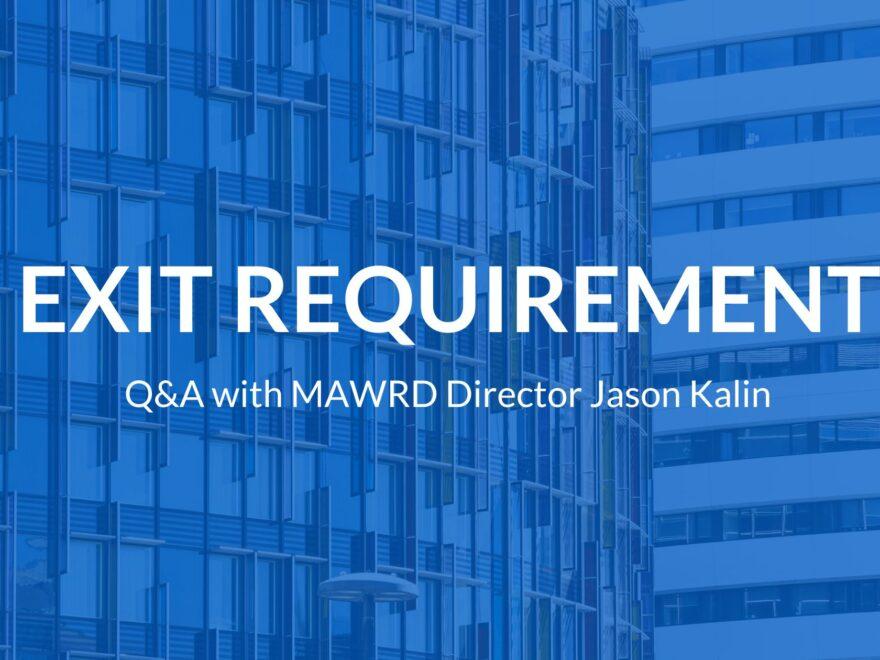The first presentations for the new exit requirement will be given in Spring Quarter 2024. Learn more about why the decision to change the exit requirement was made and get some insider knowledge on what the Graduate Committee is hoping you will achieve with your presentation.
I sat down for a question and answer session with MAWRD Director Jason Kalin, who helped illuminate some information that will be helpful going forward in your own presentations.
- Who decided to change the exit requirement?
Decisions about the graduate program are made by the Graduate Committee, which is a subset of the tenure-line faculty. The Graduate Committee comes to a decision and then presents it to the tenure-line faculty, who come to a consensus.
- Why did the Graduate Committee change the exit requirement? What circumstances, experiences, and decisions led to considering the change?
Through informal conversations and exit surveys, the Graduate Committee learned that many students seemed dissatisfied with the portfolio requirement as a final product because they were not using the portfolio professionally once they left the program.
The purpose of the portfolio was for students to write for an authentic audience of potential employers. However, students were not using the portfolio in their job search, which caused it to become caught between audiences, that is, between advisor/Graduate Committee and potential employers, causing it to be ultimately unhelpful to students.
We thought about what wasn’t working in the portfolio experience and what was. What wasn’t working was the product because it wasn’t being used. Portfolios were also very isolated, with students working on them privately and with not many other students ever seeing them. But, what was working was the process. The process included meeting with your advisor, making connections between your WRD courses, and figuring out next steps in your professional identity.
That’s how we came up with the idea of changing the exit requirement to a presentation. Students can see how other students are thinking about their time in the program, interact with each other, and build community.
- What does the presentation exit requirement offer that the portfolio requirement does not?
Both the portfolios and the presentation offer collaboration with your advisor, requiring multiple meetings to discuss current goals and future plans. With the presentation, rather than just submitting to the Graduate Committee to review, students will have an opportunity to talk about what they did during the program to an audience. They will be able to build community through interaction with one another. And, other students who are watching the presentations will be able to use other students’ experiences as inspiration for what they can achieve in the program.
- From your position as director of the MAWRD program, what are you hoping students focus on or learn from the presentation experience?
One of the things that we’re hoping students focus on is thinking about their authentic audience in the sense of what they want to do next. This is why the presentation requires students to do research and report on their future plans. So, they should research job applications or PhD programs they’re interested in pursuing and make connections between their coursework and that job or path.
The goal is to have students think through and craft a professional identity. In this way, they are not just graduating a former student, but someone with a rhetorical education and rhetorical skills that allows them to apply for a range of jobs. Then, they articulate that for themselves and for other students in the presentation, which helps them articulate that in their future job search. We want students to be able to say, “this is what I can do for you.”
